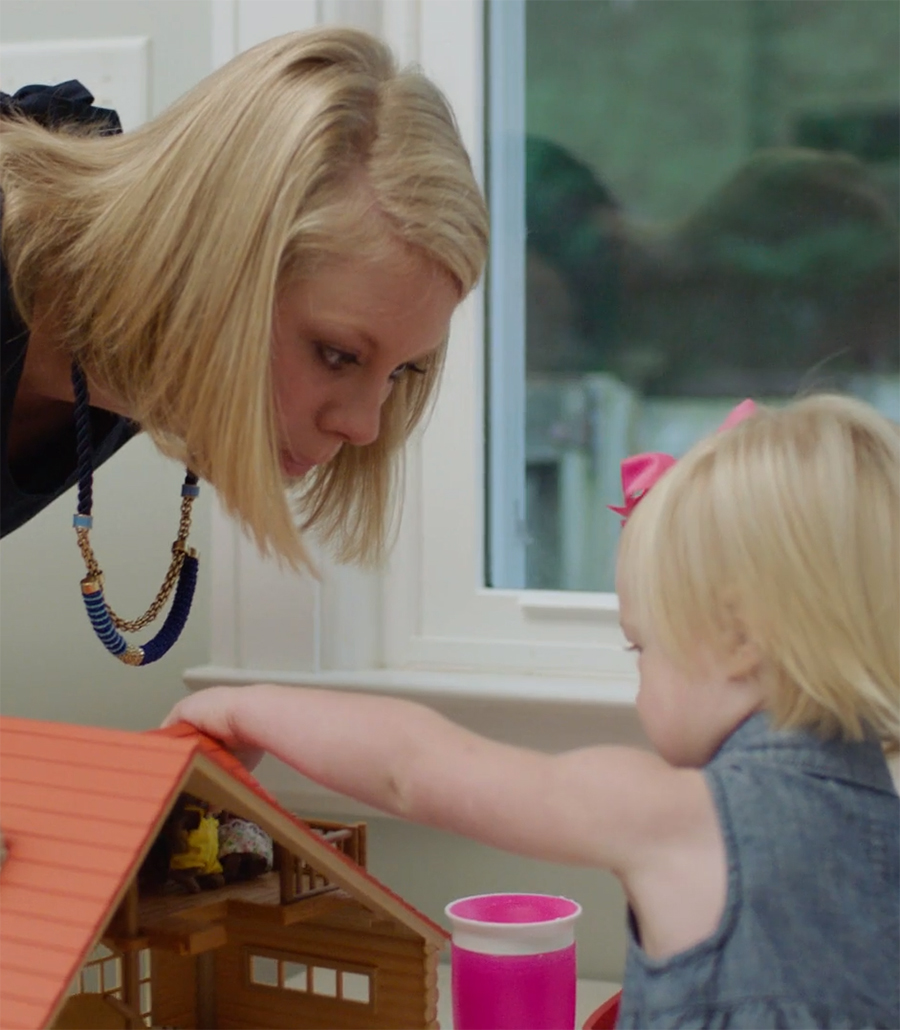Social media and chat platforms facilitate our connections to family and friends. New innovations in music and video streaming, as well as wearables and augmented reality technologies, have changed how and where we expect to be entertained. And of course technology plays an ever-greater role in how we do business and stay safe.
A nationwide network of infrastructure.
The connective thread in all these transformative technologies is our nationwide network of infrastructure. We work out of offices in every major US market to make sure communities like yours have the right mix of towers, small cells and fiber to stay connected to what matters most. We involve your local community and government leaders in every step of the process—ensuring that your unique needs are met, and that you can continue to live life the way you’ve come to expect for many years to come.

Our infrastructure brings important benefits to your community.
Increased safety.
When there’s an emergency, the closest, most convenient phone is almost always a mobile device. So it’s no surprise that 80% of 911 calls are made wirelessly. And once that call is placed, police officers, firefighters and other emergency personnel need a secure, dedicated wireless broadband network to coordinate with one another and get the information they need to respond quickly and appropriately. But safety isn’t just about 911. It’s the peace of mind of knowing that a child or loved one can reach you when they need you. It’s getting a flat tire and being able to get through to roadside assistance on the first try. With improved communications infrastructure, you can rest easy knowing that you’ll always be a tap or a screen away from the things that matter most.
More reliable connections.
Whether you’re tracking your morning run, catching up on office email or pulling up a video clip from last night’s game on your phone, you want your technology to work. When calls drop, or data doesn’t load, those are missed moments you may never get back. Solving this problem requires more than just wireless coverage. With today’s data-hungry apps and wireless devices, it’s also important to have enough capacity. While towers and other existing communications infrastructure often provide adequate coverage, more targeted, fiber-connected small cells minimize dead zones, and create enough capacity to handle today’s increased data usage.
Ready for the future.
The introduction of 5G is ushering in many promising new developments. Smart devices and wearables are changing our relationship to technology. Self-driving cars have the potential to make roads safer and cities less congested. And smart city technologies will bring new efficiencies and innovations to communities around the country. These advancements come with lots of promise, but will your community be able to support them? Even if your wireless service seems fine today, new infrastructure will be required to bring you these new opportunities. That’s why we’re installing small cells in communities around the country. These fiber-fed networks are capable of handling massive amounts of data, and will be a crucial component of many new technologies your community will depend on.
Learn more about how we're committed to working sustainably and ethically in your community.

Small cells are expanding coverage and increasing capacity.
Have you ever looked at your phone to see full bars, yet you’re unable to make a call, load a web page or stream a video? This happens when you have adequate wireless coverage, but not enough wireless capacity. A single cell tower can cover a large geographic area, but it can only handle a finite number of simultaneous connections. Small cells solve this problem by targeting specific, smaller geographic areas where they can boost speed and fill in gaps where additional coverage or capacity are needed. Because small cells are connected by fiber the network has nearly limitless bandwidth—giving you the faster, more reliable connections your community needs.
Small cells—hiding in plain sight.
Due to their small size and lower profile, small cells are often attached to existing structures like streetlights or utility poles. You may have walked by them before without noticing them. Watch our small cell video and see how we work closely with communities to find the right solution.
Installations in your community.
We've implemented fiber-fed small cell solutions in nearly 700 communities around the country. Use the map to explore past and featured projects.
- Completed Project
- Featured Project
Community voices.
Answers to frequently asked questions.
We are the nation’s largest provider of shared communications infrastructure—including cell towers, rooftop antennas, small cells and fiber networks. This plays in important role in making sure communities like yours can support the data, technologies and wireless services you rely on every day, while paving the way for tomorrow’s innovations. We do all of this through close partnership and cooperation with wireless carriers, telecommunications providers, municipalities, enterprises, utility companies and landowners.
We are neither a wireless provider nor a content provider. We build and maintain the infrastructure that works to bring connectivity to people, businesses and communities across the country. We work closely with wireless carriers, businesses, technology companies, governments and communities to design and build solutions that meet their unique connectivity needs—from wireless coverage to smart city solutions to custom fiber networks.
As people use wireless devices for more data-intensive tasks like streaming video, social media, gaming and more, network congestion is becoming an issue throughout the country. It’s not unlike cars trying to crowd onto a busy interstate. Adding new infrastructure is the equivalent of adding new lanes—it’s how we add capacity, and it gives all that extra data a place to go. As we move toward the next generation of connectivity, known as 5G, we will continue to need more communications infrastructure, specifically small cells supported by high-capacity fiber.
The bars on your phone are an indicator of signal strength and coverage, which is one important factor that contributes to a good wireless experience. However, capacity—the amount of information or data that the network can carry—is not reflected in the bars you see on your phone. As smartphones and other connected devices stream more video and consume more data, many wireless networks are constrained not by a lack of coverage, but by a lack of capacity. To learn more about coverage and capacity, click here.
The safety of RF emissions has been studied for more than 60 years and the research is subject to constant review by government health agencies and standard-setting organizations. These organizations have reached the same general conclusion: there are no established health hazards from exposure to RF emissions that are below the FCC limits. We routinely analyze our small cell installations to verify that all RF emissions from deployments are below FCC limits.
We encourage those with concerns to seek out one of the many reputable and independent scientific studies that have been conducted around RF, including those from the Federal Communications Commission (FCC), the International Commission on Non-Ionizing Radiation Protection (ICNIRP) and the World Health Organization.
5G, the next generation of cellular networks, builds on 4G. Studies show that cellular signals are safe and, just like 4G, 5G emissions are similar to those from everyday technologies like TV, radio, wi-fi—even your toaster. To learn more about the safety of 5G, click here.



